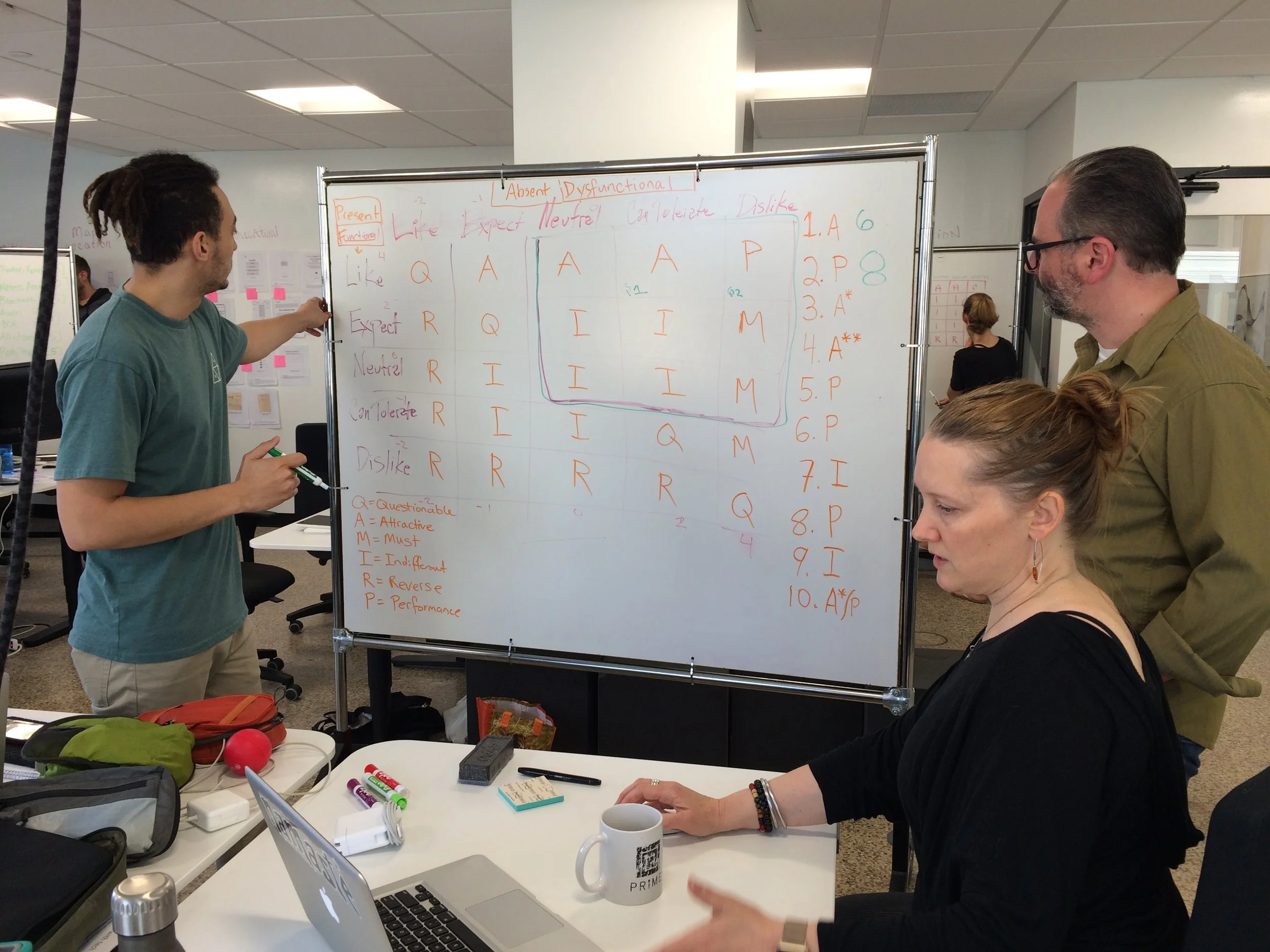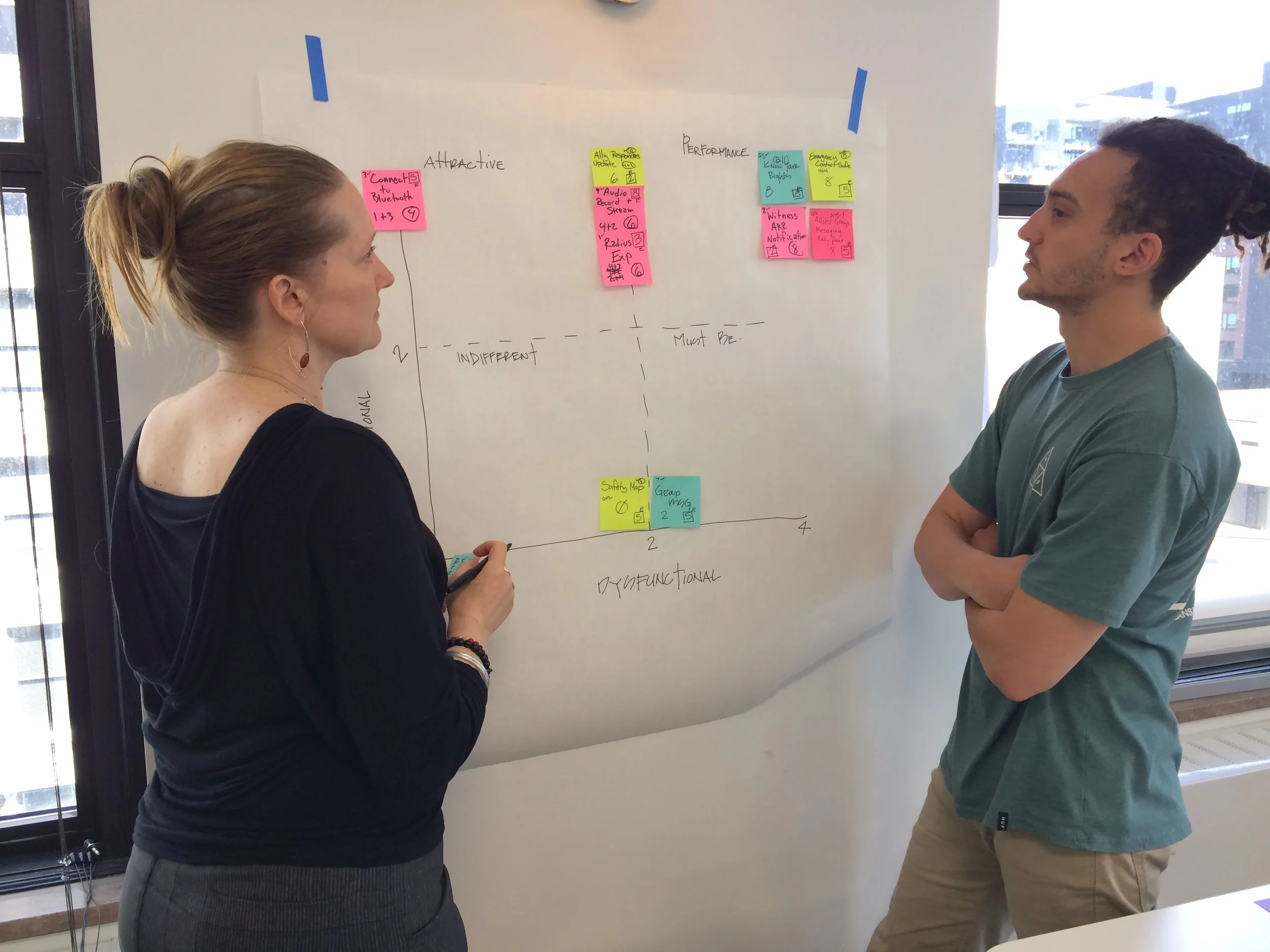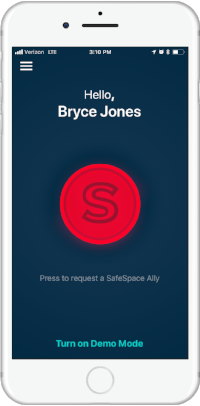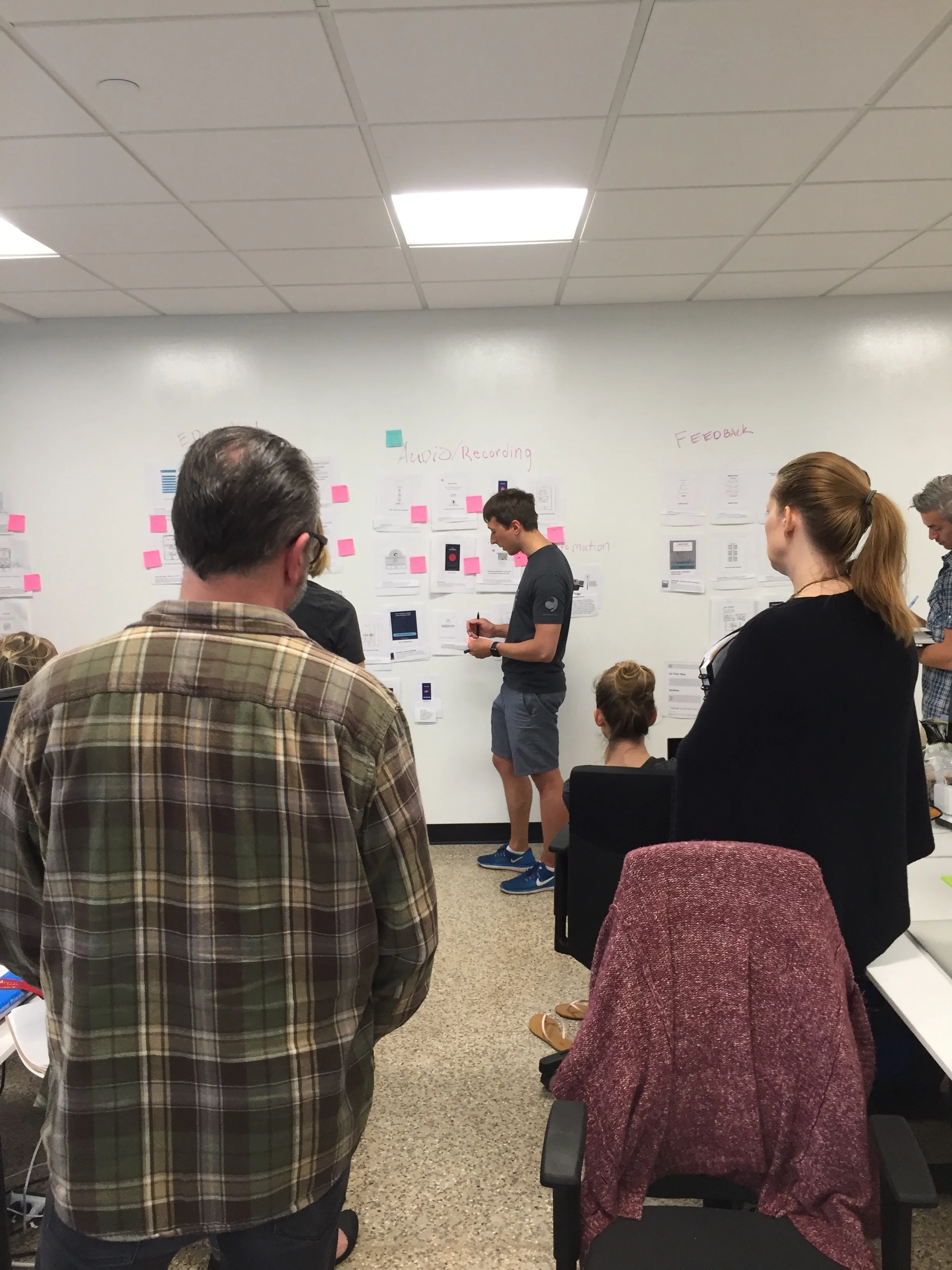SafeSpace
SafeSpace is an application that was developed to crowdsource safety for people of color. The app is intended to call attention to a problem people of color face and attempt to bring to light issues of bias, while offering a solution to change the situation.
Approach:
Conduct research into competitive space and brainstorm ideas
Work directly with SafeSpace's lead developer to identify features that fit within developmental budget
Test features with users to learn which are most desirable
Challenge:
Propose thoughtful design features focusing on increased functionality
Adhere to the SafeSpace development team's technical constraints.
SafeSpace user journey map
Research
Research began with examining what other application existed that performed functions similar to SafeSpace. While there were several applications that performed similarly to SafeSpace, most were focused specifically on user safety in any dangerous situation, while SafeSpace focused entirely on an individuals safety in an encounter with law enforcement. These other applications, while varying slightly in intended use, had many potential features that could provide serious benefits for SafeSpace.




Wireframes
Having generated several ideas for potential features, I began converting those ideas into low fidelity wireframes. These wireframes were designed to increase the functionality of the SafeSpace app by introducing new features such as audio recording, lock screen activation, responder guidelines and additional dashboard features.
Budgeting
Working directly with SafeSpace's development team each wireframe was budgeted based on the amount of hours estimated to develop it. We had a budget between 20-25 points or about 1-2 months worth of work for the development team so picking features that fit into that budget, while also providing significant improvements to SafeSpace was vital. Since multiple new features were desired, several low budget wireframes were selected that fit within the total budget.
Analysis
Following the development meeting, features were then selected for further research using the Kano Analysis method. A group of current SafeSpace users were used to determine the desirability of these new features. The results were synthesized and the most desired features that fit into the projects development budget were selected for prototyping.



Prototypes






Following Kano Analysis, features determined to be most desirable were prototyped using Sketch. These prototypes included in a report delivered to the SafeSpace team. This report highlighted all that was found during research, provided the development budget associated with each feature and each features was annotated for clear communication with the development team.



